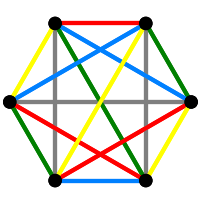Explorations in Algebraic Graph Theory with Sage
Chris Godsil, Editor
Department of Combinatorics and Optimization
University of Waterloo
cgodsil@uwaterloo.ca
Robert A. Beezer, Editor
Department of Mathematics and Computer Science
University of Puget Sound
beezer@pugetsound.edu
